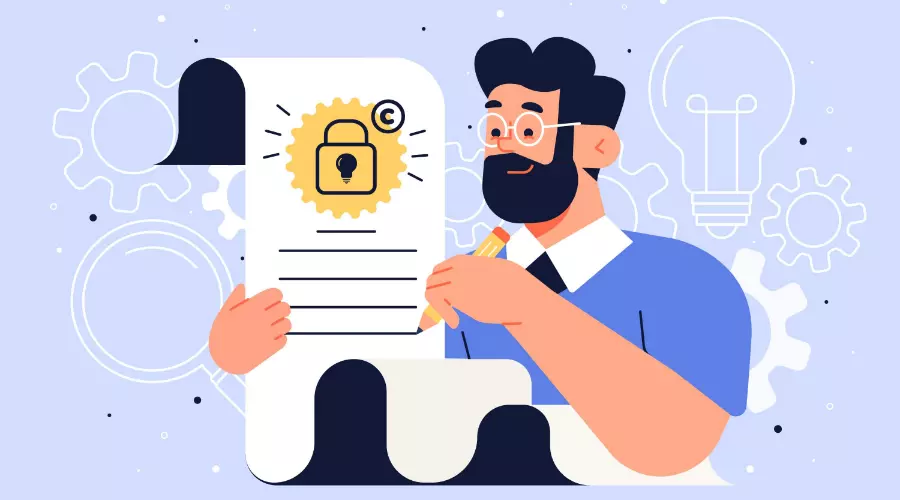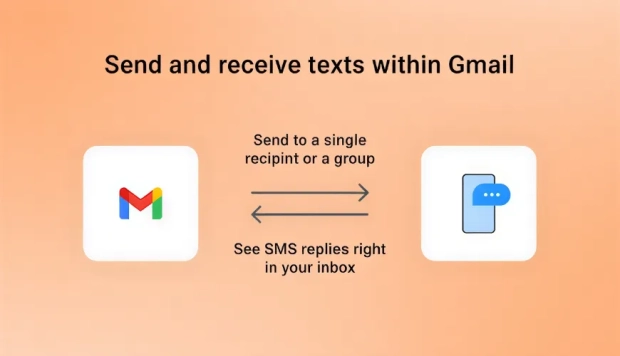What are two security risks of sending confidential files via e-mail?

Email is a common way to send messages, both at work and at home. But when you send confidential files via email, there are some serious risks. This article will explain two big security risks and how you can protect yourself from them.
Risk 1: Someone Might Steal Your Information
How It Happens
When you send an email, it travels through various servers and networks before it gets to the person you sent it to. Hackers can intercept these emails and read their contents. This can happen because of weak email servers, unsecured networks, or direct attacks like man-in-the-middle (MITM) attacks.
What Could Go Wrong
If hackers get their hands on your confidential files, they can do a lot of damage. They might steal personal information, financial details, or important business documents. This can lead to identity theft, financial loss, and damage to your reputation. For businesses, it can mean losing valuable information and customer trust.
Risk 2: Sending Emails to the Wrong Person
How It Happens
It's easy to make a mistake when typing an email address. Sometimes, these mistakes send your email to the wrong person. Many companies use catch-all email addresses, which means any email sent to an incorrect address goes to a general mailbox. This makes it more likely that unauthorized people can see your confidential information.
What Could Go Wrong
When confidential files end up in the wrong hands, it can cause big problems. Sensitive information might be exposed to people who shouldn't see it, leading to data breaches. In a business, this could mean that private plans, internal messages, or employee details are seen by the wrong people, causing conflicts and legal issues.
How to Stay Safe: Use Email Checkers
What Email Checkers Do
Email checkers are services that verify email addresses before you send your message. They help make sure your email gets to the right person.
How They Work
Email checkers compare the email address you entered with a database of known addresses. They check for typos, and formatting mistakes, and if the domain is valid. Advanced email checkers can also spot catch-all addresses, which helps prevent emails from going to general mailboxes.
Benefits of Email Checkers
- Better Security: Email verification reduces the risk of your email going to the wrong person.
- More Accuracy: They ensure that emails go to valid addresses, so important messages are not lost.
- Compliance: For businesses, email checkers help follow data protection laws by making sure only authorized people get sensitive information.
How to Use Them
Many email services and apps offer email checker features. You can also find third-party services or create custom solutions to verify emails before sending confidential files.
Email is easy and convenient, but sending confidential files through email can be risky. The dangers of someone intercepting your email or sending it to the wrong person are real. Using email checkers can help you avoid these risks by ensuring your emails go to the right recipient. In today's world, keeping your data safe is crucial, and taking steps to secure your email is a smart move.




